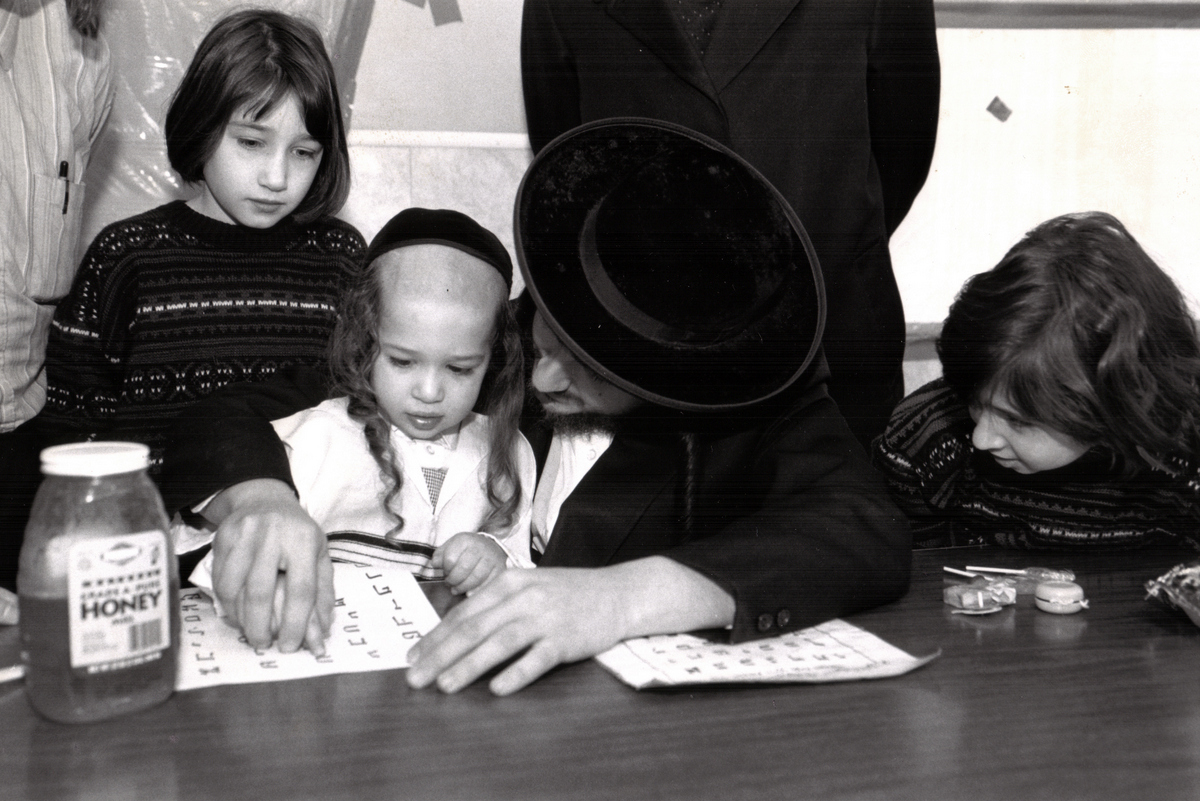Stand-Alone Lessons and Activities
Jewish Values: Halacha U’mesorah – Jewish Life and Tradition
Halachah U’mesorah ( ) – Jewish Life and Tradition:
Engage students in one or more of the following activities to explore the Jewish value of Halacha U’mesorah – Jewish Life and Tradition:
-
Have students complete Worksheet Q, or explore the photograph, questions, and texts on the worksheet together through class discussion.
-
Have students view Photograph Upsherin. Ask each student to write a story about what he or she thinks is happening in the photograph. Then share the actual story of the photograph and discuss:
-
How does the custom of upsherin relate to the value of “tradition”?
-
Why is it important to pass the Jewish tradition on to younger generations?
-
What other ways do we pass on the traditions?
-
-
Have students take photographs in school, at home, or in the community that reflect the value of halachah u’mesorah, or have them create and photograph a series of “tableaux”—staged scenes—that depict the value. Share and discuss.
-
What was challenging about this assignment?
-
How does your photograph reflect halacha u’mesorah? Is it possible to capture this value fully in a photograph?
-
What is similar or different among the various photographs students took?
-
What title would you give your photograph? Why?
-
-
Have students take still-life photographs that combine Jewish ritual objects in interesting ways to reflect what they believe are important aspects of Jewish tradition. Students can accompany their photographs with written statements that explain the objects and their significance.

Upsherin, Williamsburg, Brooklyn, New York, 1995
What do you see in this photograph? A young boy sits on a rabbi’s lap, and together they point to Hebrew letters while a jar of honey sits beside them on the table. It is a custom in some communities that when a boy reaches three years of age, he gets his hair cut for the first time (everything except the peot, or corners) and learns his first Hebrew letters. But what is the honey for? They use the honey to show the child that studying Torah is sweet. This is an important event in the life of this boy: His sisters and other family members look on as he starts down the path of Talmud Torah—Jewish learning.
Sample Texts:
There are three names by which a person is called:
One by which her father and mother call her,
And one by which others call her,
And that which she earns for herself.
The best one of these is the one that she earns for herself.
– Adapted from the Midrash Tanhuma
, , , , . : , , .
At Sinai Moses received the Torah and handed it over to Joshua who handed it over to the elders who handed it over to the prophets who in turn handed it over to the men of the Great Assembly. The latter said three things: Be deliberate in judgment, raise up many disciples, and make a fence around the Torah.
– Pirkei Avot 1:1

